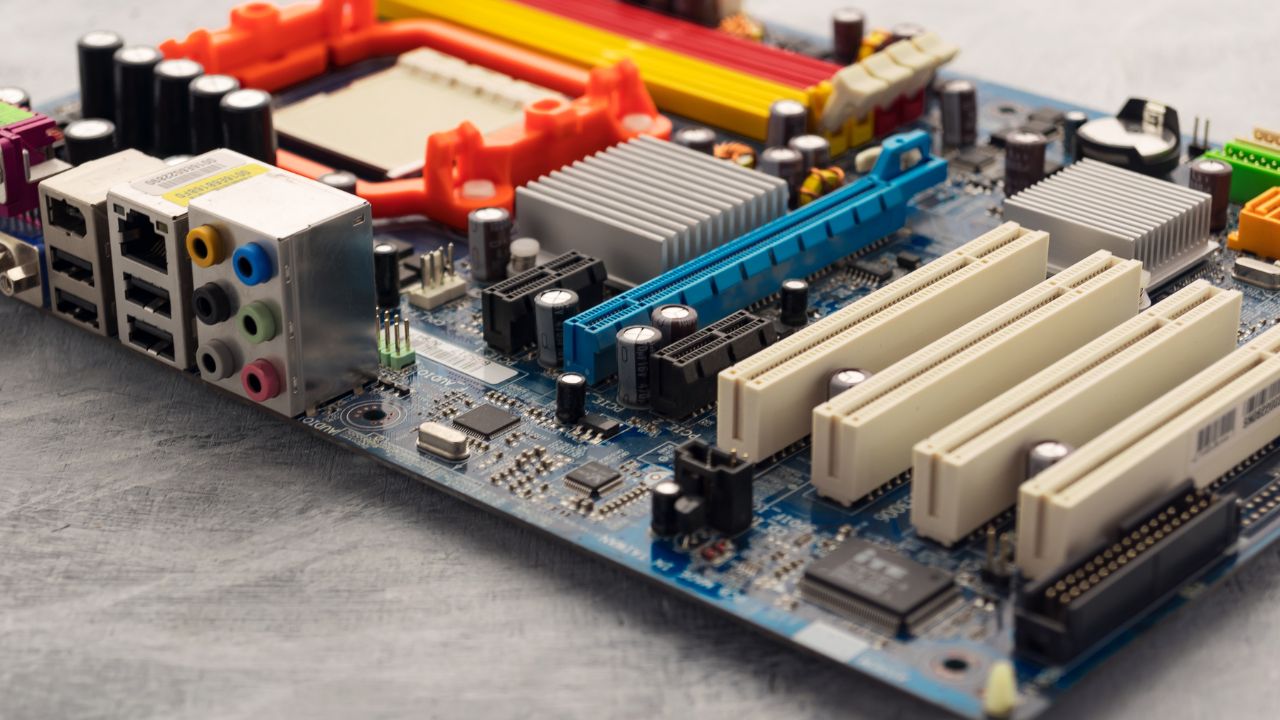As organizations & businesses thrive for sustainable solutions worldwide, EMS (Energy Management Software) is at the forefront of technological innovation, bound to optimize energy use & reduce operational costs. In 2023, the EMS market is valued at $574 billion in 2024 and is projected to reach $1017.9 billion by 2032, registering a compound growth of 12.7% annually. The tool encompasses plans to optimize energy consumption, reduce carbon footprints, and ensure regulatory compliance.
Presently, the energy sector is experiencing rapid change, with businesses thriving for greater sustainability. As the demand rises for advanced energy management solutions, the role of an energy management software development company becomes very vital. This ultimate guide provides insights into the benefits of energy management software and steps to develop an EMS tool.
Top Benefits of Energy Management Software
EMS (Energy Management Software) is the tool that empowers organizations and households to track & optimize energy use. A well-organized software facilitates the smart monitoring and distribution of energy to ease the operational plans. It is used to achieve higher levels of energy conservation that fit the business requirements.
Let us check the top benefits of energy management software –
Reduces Energy Costs
The energy prices worldwide keep fluctuating every year and the EMS tool helps to keep the energy costs under control through real-time insights & implementation of targeted strategies.
Powers Operational Efficiency
The use of EMS goes just beyond monitoring energy use. It helps to identify the loopholes in the equipment use, managerial systems, and the total energy process. Thus, organizations can improve their operational efficiency and keep maintenance costs under control.
Provides Competitive Edge
The better management & use of energy will result in the best outcomes for businesses and organizations in the market. EMS tracks the carbon footprints and optimizes the energy use to provide a competitive edge to businesses.
Stay Ahead of Regulations
EMS helps businesses stay compliant with energy regulations as different regions implement stricter rules & regulations for energy efficiency. It helps to avoid fines or penalties with appropriate management of energy use.
Step-by-Step Guide to Develop Energy Management Software
The development of EMS (Energy Management Software) demands thorough planning, programming, and appropriate testing of tools. To pioneer solutions for a greener tomorrow, businesses can collaborate with a professional firm offering software development in Brisbane that can help them develop a robust software, custom to their business needs.
Let’s dive into the step-by-step tutorial for EMS development –
Requirement Identification & Data Gathering
The EMS development process starts with defining functions for the tool. Plan out the user interface requirements and take into account appropriate considerations. Then, gather the right information on the EMS market, best practices, and development standards to make informed decisions on the tool design.
Selection of Technology Stack
This is the vital step to picking the right framework, database, and programming language to develop energy management software. Some of the top options for it are JavaScript, Node.js, Angular or React, Python, MongoDB, React, or PostgreSQL.
Create the App Database
Next, it’s time to create the EMS database to store and manage energy data within the organization. The developers need to take into account the data privacy and security of the database for appropriate integration of tools for energy-related needs.
Develop Data Collection Mechanism
Incorporate the best way to collect energy-related data through sensors and the use of smart meters. This can be achieved through API uses from communication protocols into the energy management software.
Incorporate the Functionalities
In the development stage, implement a system that can process real-time data through the use of charts, graphs, & dashboards. For the protection of sensitive data, implement secure user authentication & authorization. Also, create specific analytical tools to evaluate the energy-related data and identify the latest trends and areas of optimization.
EMS Testing
This phase involves the testing of energy management software thoroughly to identify flaws or bugs in the system. To make sure that the tool is performing to its best capability, use unit testing, integration testing, and user acceptance testing.
Deployment and Maintenance
Now, it’s time to deploy the EMS tool on the cloud server for the use of the entire organization. Also, set up regular tool maintenance to support the secure running of energy management software.
Summing Up!
The role of energy management software development will be very crucial in creating a sustainable future in the coming years. This ultimate guide has explored the ways to develop smart EMS that fit the modern-day energy management specifications of organizations. When partnering with energy management software development companies, it’s essential to choose those with a proven track record in creating efficient and sustainable solutions. These companies can provide the expertise needed to develop systems that optimize energy use, reduce costs, and contribute to environmental sustainability.
Additionally, it is necessary to understand that the integration of AI, big data analytics, and IoT enhances these systems, significantly reducing energy costs. These technological advancements not only promise a reduced carbon footprint but also facilitate the seamless integration of renewable energy sources. Engage professional developers with a proven track record in developing EMS tools that effectively meet an organization’s energy optimization needs.











